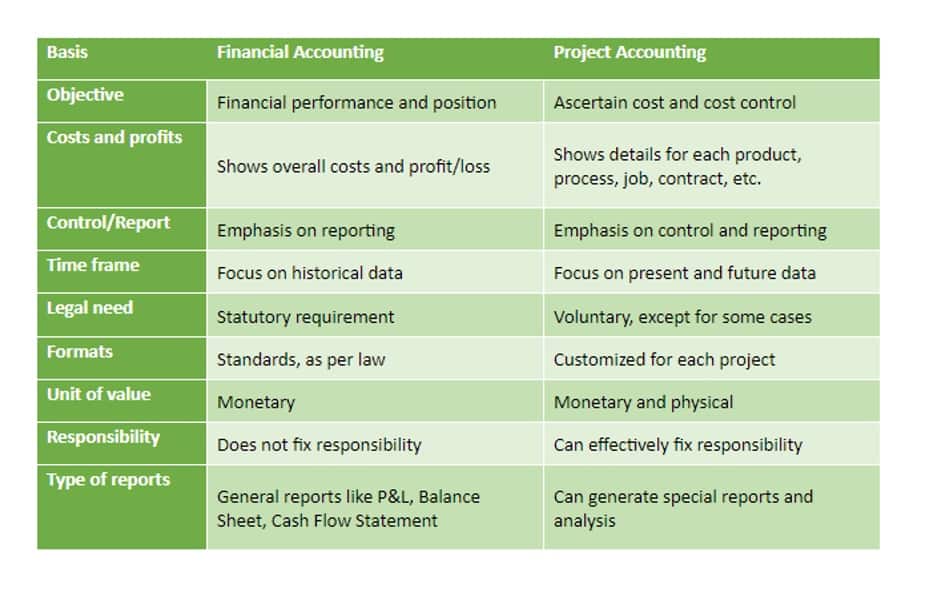Tax Shield: Definition, Formula for Calculation, and Example

A depreciation tax shield is truly a major or https://www.facebook.com/BooksTimeInc/ important part of a successful business. We note from above that the Tax Shield has a direct impact on the profits as net income will come down if depreciation expense is increasing, resulting in less tax burden. The ability to use a home mortgage as a tax shield is a major benefit for many middle-class people whose homes are major components of their net worth. It also provides incentives to those interested in purchasing a home by providing a specific tax benefit to the borrower. So, for instance, if you have $1,000 in mortgage interest and your tax rate is 24%, your tax shield will be $240. While most intangible assets follow a straight-line method for amortization, not all depreciation methods for tangible assets are the same.

CompanyCompany
Then, our management makes a depreciation tax shield as a way to inspire certain behavior in certain businesses or programs. Hence, the proper use of a depreciation tax shield is most suitable in asset intensive trades. This approach allows the taxpayer to identify a large sum of depreciation https://www.bookstime.com/articles/full-charge-bookkeeper as a chargeable expense through the first few years of a fixed asset.

Question: The depreciation tax shield is best defined as the: Question 3
- Tax shields vary from country to country, and their benefits depend on the taxpayer’s overall tax rate and cash flows for the given tax year.
- This only speeds up the acknowledgment of inferences and does not make larger tax deductions.
- In addition, governments often create tax shields to encourage certain behavior or investment in certain industries or programs.
- The lower the taxable income, the lower the amount of taxes owed to the government, hence, tax savings for the taxpayer.
- This amount in the profit and loss statement brings down the total revenue earned by the business, thus successfully leading to lower tax payments.
- Under U.S. GAAP, depreciation reduces the book value of a company’s property, plant, and equipment (PP&E) over its estimated useful life.
Tax shields differ from nation to nation, and their profits are dependent on the taxpayer’s common tax rate. Consequently, the tax shield tactic mentions the depreciation tax shield is best defined as the: a precise deduction’s function to shield shares of the taxpayer’s salary from the assessment. A taxpayer can submit the appreciation of taxable income up to later years by using accelerated reduction. For Scenario A, the depreciation expense is set to be zero, whereas the annual depreciation is assumed to be $2 million under Scenario B. Therefore, depreciation is perceived as having a positive impact on the free cash flows (FCFs) of a company, which should theoretically increase its valuation.
Understanding a Tax Shield

The term “tax shield” references a particular deduction’s ability to shield portions of the taxpayer’s income from taxation. Tax shields vary from country to country, and their benefits depend on the taxpayer’s overall tax rate and cash flows for the given tax year. Similar to the tax shield offered in compensation for medical expenses, charitable giving can also lower a taxpayer’s obligations.

Under U.S. GAAP, depreciation reduces the book value of a company’s property, plant, and equipment (PP&E) over its estimated useful life. A company is reviewing an investment proposal in a project involving a capital outlay of $90,00,000 in a plant and machinery. The project would have a life of 5 years at the end of which the plant and machinery could fetch a value of $30,00,000. During the time an asset in use, an accounting business takes place in which the cost of the asset decreases. Likewise, by enhancing deductions, you will essentially have fewer choices to reduce tax in the future.
- The information presented in this blog article is provided for informational purposes only.
- It is necessary to understand the importance of the concept of depreciation tax shield equation in the corporate environment as a temporary benefit to save taxes.
- Tax shields i.e. lower tax bills is one of the main causes of why taxpayers spend a substantial amount of time.
- Accelerated deprecation charges the bulk of an asset’s cost to expense during the first half of its useful life.
- When an industry uses an accelerated depreciation technique, it simply lowers the rate of its entire assets.

댓글을 남겨주세요
Want to join the discussion?Feel free to contribute!